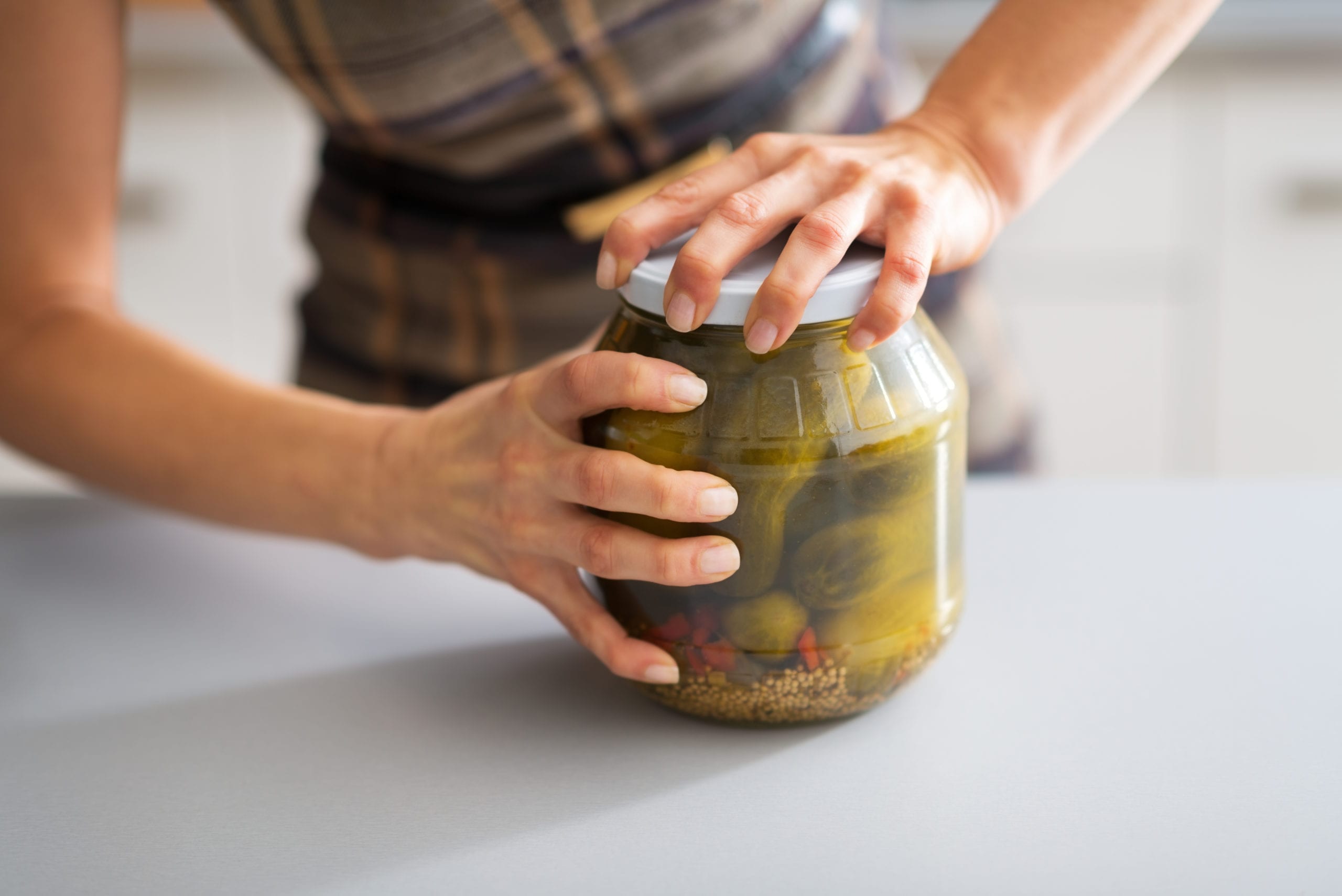

It might just help your heart!
In recent years, studies* have identified a connection between grip strength and heart health, suggesting that one’s grip strength is a fairly reliable predictor of cardiovascular disease and other conditions, as well as indicating that grip strength exercises, done consistently over time, can help lower one’s blood pressure. While research on this matter continues, knowing and improving one’s grip strength is an easy enough proposition for most of us to take on. Plus, a strong grip generally makes life easier.
If you would like to measure and improve your grip strength, read on!
Grip strength, which is ‘a measure of muscular strength or the maximum force/tension generated by one’s forearm,’ is also a reflection of general body strength and muscle mass, as well as a good indicator of one’s ‘biological age,’ which gauges whether the body is functioning younger or older than its actual chronological age. Grip strength also provides a snapshot into overall health, and a healthy grip strength appears to be connected to better heart health, lower blood pressure, and more flexible arteries.
In addition to all that, a strong grip brings many advantages to daily living, simplifying such tasks as cooking, dressing, eating, and, of course, opening jars that need to be opened!
STEP 1: MEASURING YOUR GRIP STRENGTH


Grip strength is commonly measured using a Dynamometer (dai-nuh-maa-muh-tr), a medieval looking hand-held device that you squeeze strongly to get an assessment. The average of 3 scores at maximum effort will result in your final grip strength score.
See Grip Strength Norms for Males and Females.
Options for measuring your Grip Strength
Since most of us don’t have Professional-Grade Dynamometers at home, we invite you to either:
- Contact RVNAhealth at 203-438-7862 to schedule a free reading;
- Go ahead and start working on your grip strength without a measurement. It’s good to be strong!
- Consider a home version. We found they are within a 90% accuracy when compared with our professional grade device measurements: +/- 5 on the norms chart
STEP 2: STRENGTHENING YOUR GRIP STRENGTH
Here are six exercises to help improve your grip strength. Perform these exercises twice each day, doing 2 sets of 10 repetitions each time. Download Exercises Here
QUESTIONS? PLEASE DON’T HESITATE.
Contact the RVNAhealth Rehabilitation & Wellness Center at 203-438-7862 or RehabCenter@rvnahealth.org, and ask to speak with Occupational therapist, Sarah Triano, OTR/L.
*Studies referenced include:
Lancet Publication, 2015
McMaster University, Canada, 2015
Mayo Clinic, May 2020
McGowan and Colleagues, 2015



